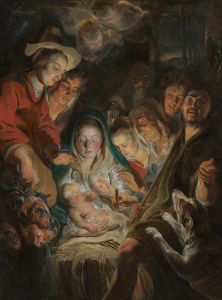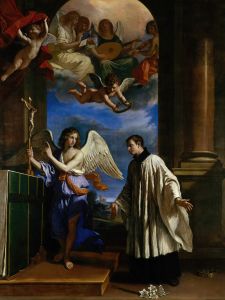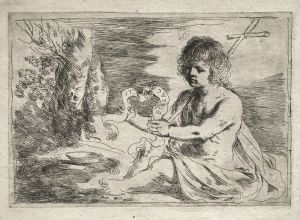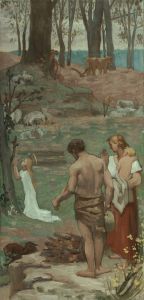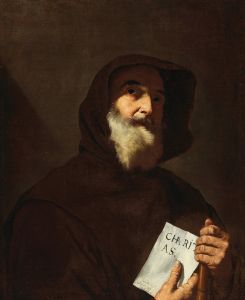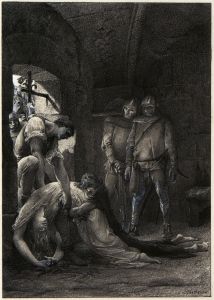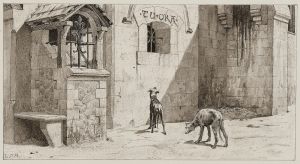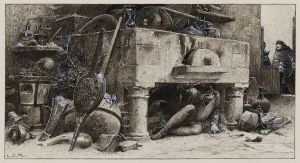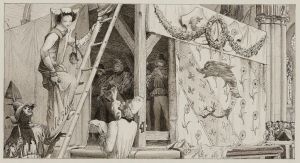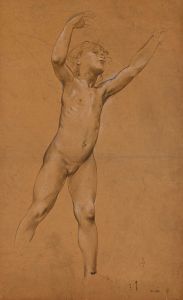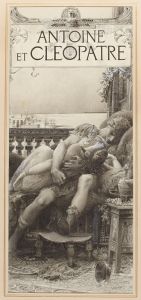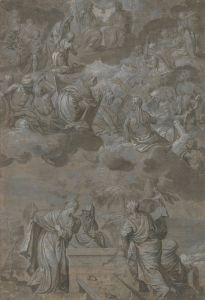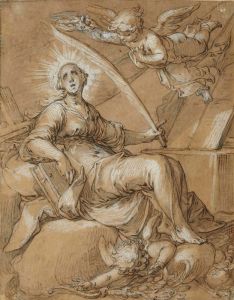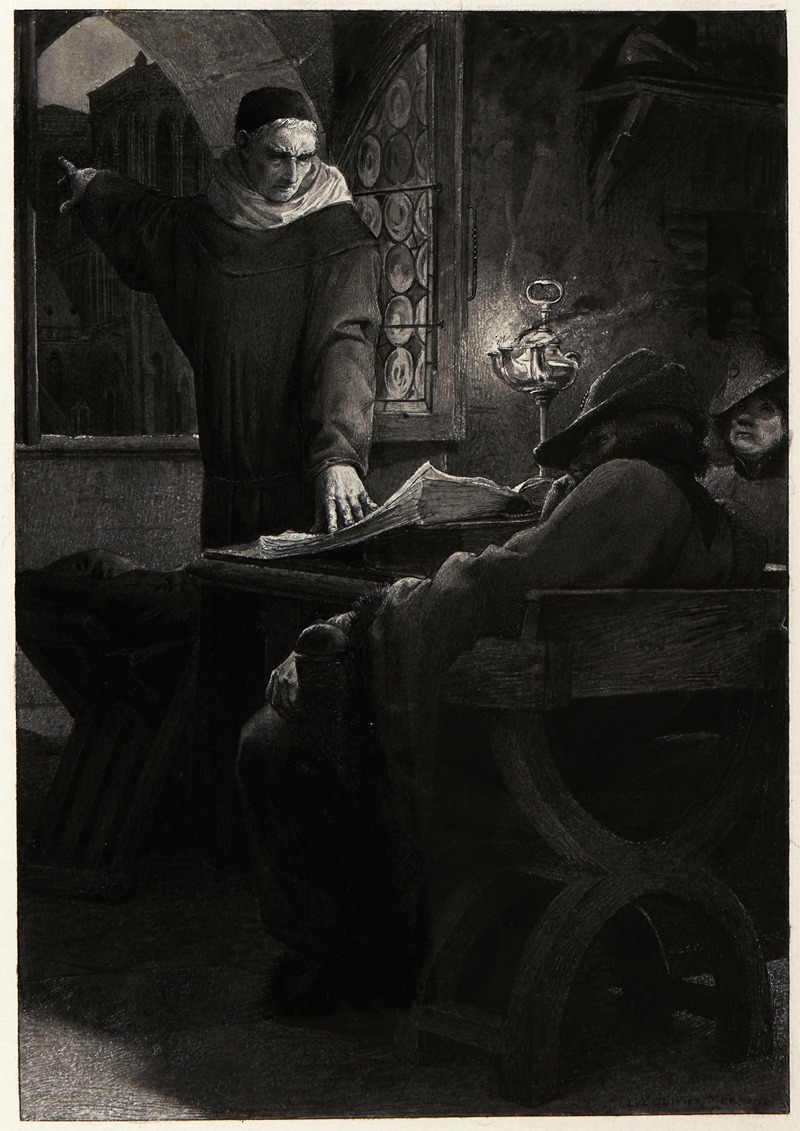
Abbas Beati Martini
A hand-painted replica of Luc-Olivier Merson’s masterpiece Abbas Beati Martini, meticulously crafted by professional artists to capture the true essence of the original. Each piece is created with museum-quality canvas and rare mineral pigments, carefully painted by experienced artists with delicate brushstrokes and rich, layered colors to perfectly recreate the texture of the original artwork. Unlike machine-printed reproductions, this hand-painted version brings the painting to life, infused with the artist’s emotions and skill in every stroke. Whether for personal collection or home decoration, it instantly elevates the artistic atmosphere of any space.
Luc-Olivier Merson was a French academic painter, illustrator, and designer who lived from 1846 to 1920. He was known for his historical and religious subjects, as well as his work in decorative arts and illustration. One of his notable works is "Abbas Beati Martini," which reflects his interest in religious themes and his skill in creating detailed and evocative compositions.
"Abbas Beati Martini" is a painting that showcases Merson's ability to blend historical accuracy with a sense of narrative and drama. The title, which translates to "Abbot of Saint Martin," suggests a religious subject, likely connected to the life or legend of Saint Martin of Tours, a prominent figure in Christianity known for his piety and humility. Saint Martin was a Roman soldier who converted to Christianity and became a monk, eventually being appointed as the Bishop of Tours. He is often depicted in art for his act of cutting his cloak in half to share with a beggar, symbolizing charity and compassion.
Merson's painting likely captures a moment or aspect of Saint Martin's life, possibly focusing on his role as an abbot or his influence on monastic life. The painting would be expected to include elements typical of Merson's style, such as meticulous attention to detail, a harmonious composition, and a subdued color palette that enhances the contemplative nature of the subject. Merson's academic training and his interest in historical and religious narratives would have informed his approach to this work, ensuring that it was both visually engaging and thematically rich.
Throughout his career, Merson was recognized for his contributions to the arts, receiving several accolades, including the prestigious Prix de Rome in 1869. His works were exhibited in various salons and exhibitions, where they were appreciated for their technical excellence and the depth of their storytelling. Merson's ability to convey complex narratives through his art made him a respected figure in the academic art community of his time.
In addition to his paintings, Merson also worked as an illustrator, contributing to books and publications with his detailed and expressive drawings. His versatility as an artist extended to the design of postage stamps and banknotes, where his keen eye for detail and composition was equally evident.
While specific details about "Abbas Beati Martini" may not be extensively documented, the painting is representative of Merson's broader oeuvre, which often explored themes of faith, history, and human experience. His work remains a testament to the rich tradition of academic painting in the 19th and early 20th centuries, reflecting both the artistic and cultural values of his time.
Overall, Luc-Olivier Merson's "Abbas Beati Martini" is an example of his dedication to creating art that is both beautiful and meaningful, drawing on historical and religious themes to engage viewers and invite contemplation.





